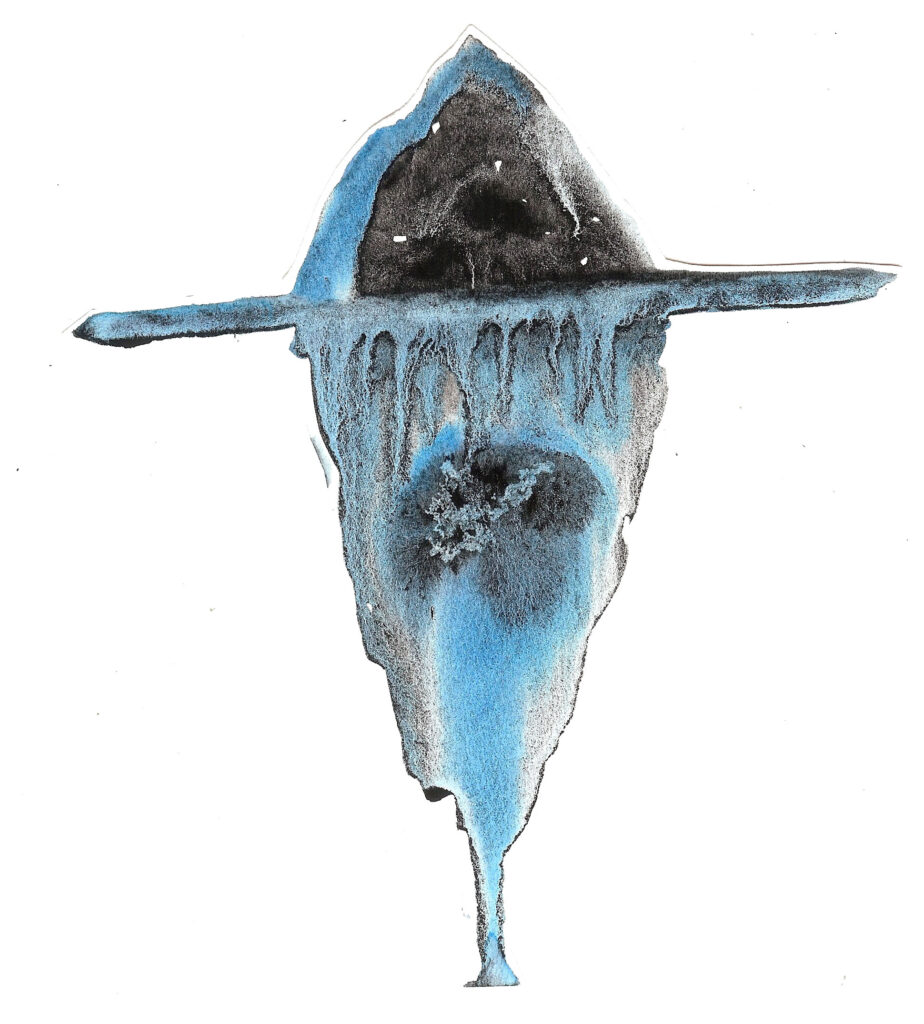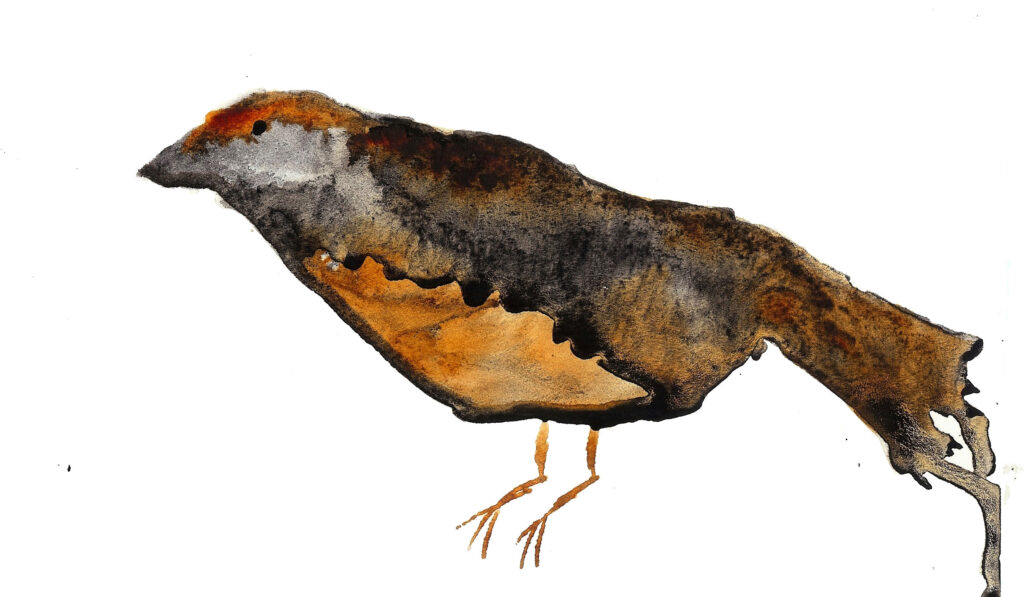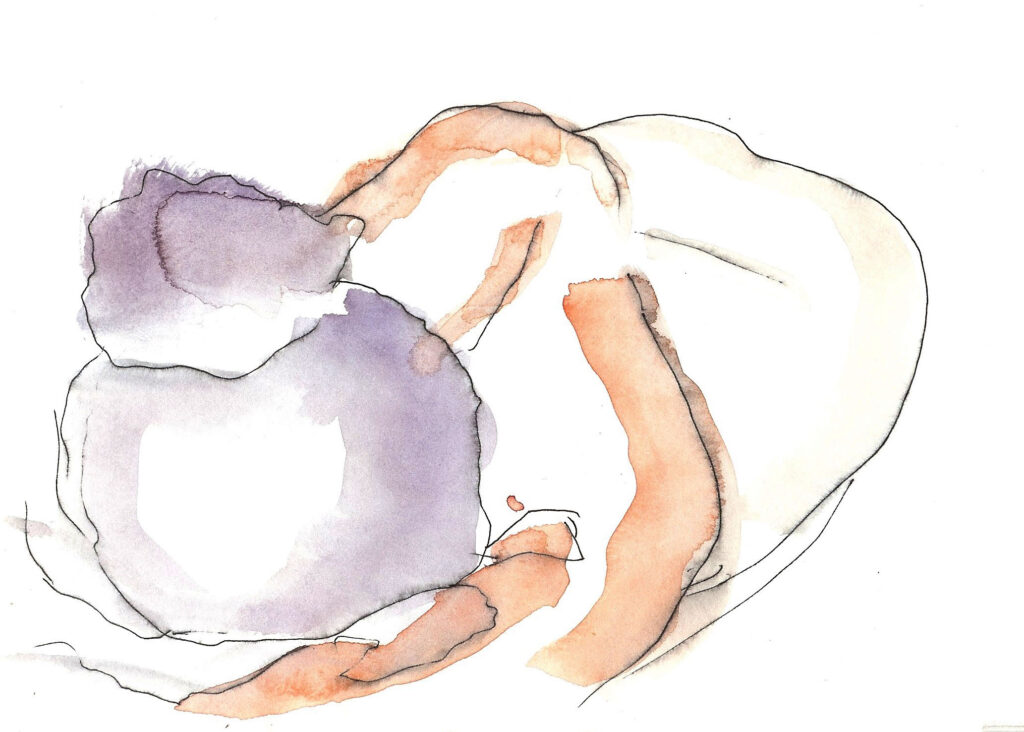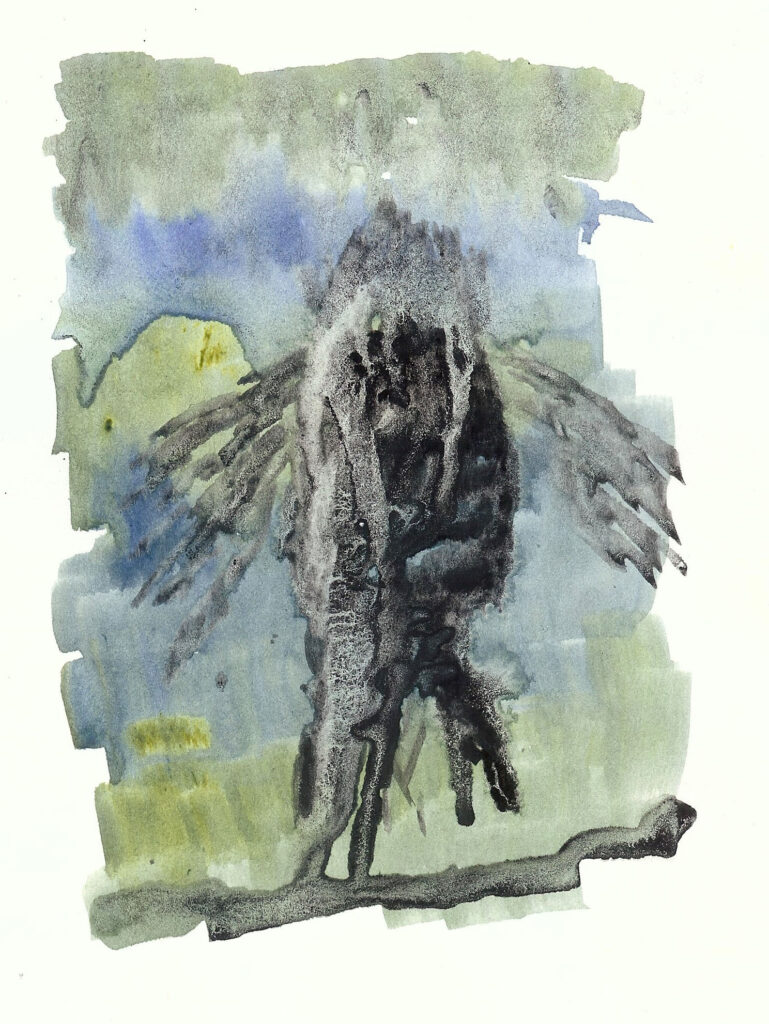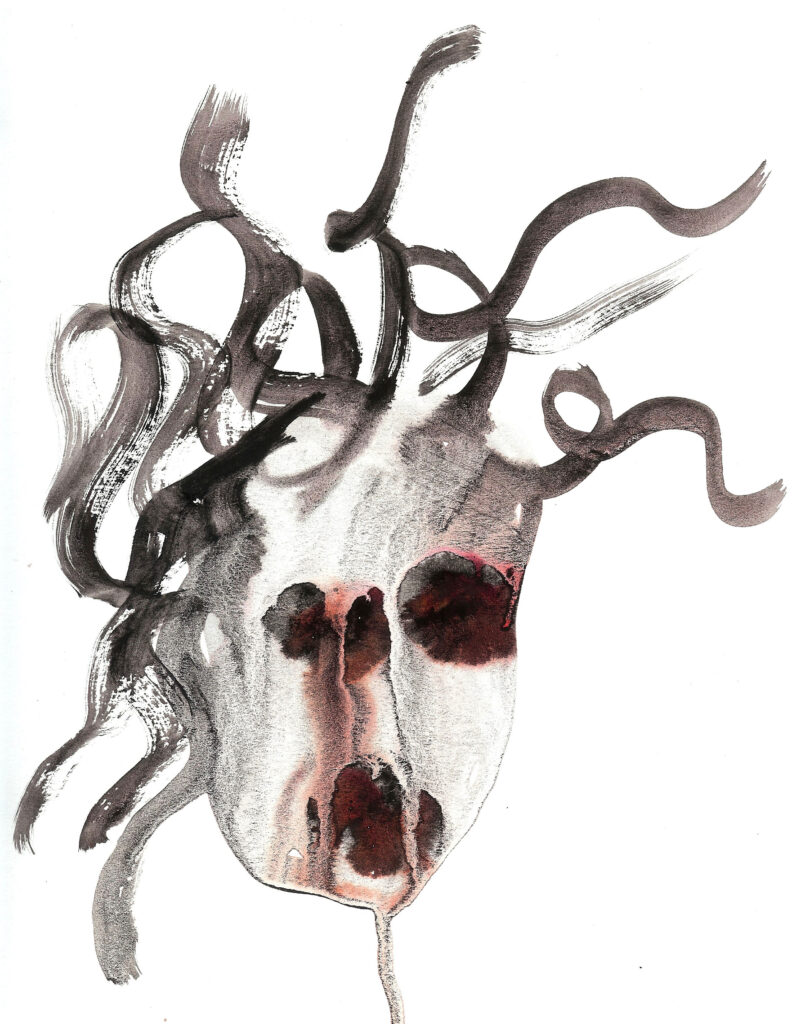“Most of our platitudes notwithstanding, self-deception remains the most difficult deception,” wrote Joan Didion in her luminous essay, “On Self-Respect” (available here in its glorious entirety at Vogue). The problems of self-deception, honesty with oneself, and self-betrayal are as old as time and literature. Look no further than Hamlet to see a character weaving a web of self-deception in figurative language. Dr. Nicole LePera, in her new book, How to Do the Work finds a new language to describe the same problem. Didion called it self-deception. LaPera calls it self-betrayal. It comes to the same in the end. Self-deception may be one of the more important forms of deception when it comes to white collar crime, and other types of criminal behavior. Ann E. Tenbrunsel and David M. Messick in “Ethical Fading: The Role of Self-Deception in Unethical Behavior” write that self deception “involves an avoidance of the truth, the lies that we tell to, and the secrets we keep from, ourselves… We are creative narrators of stories that tend to allow us to do what we want and that justify what we have done. We believe our stories and thus believe that we are objective about ourselves.” One of the ways in which language and storytelling can shape moral behavior is through the use of euphemisms. Tenbrunsel and Messick show how euphemistic language like the idea of “collateral damage” in military campaigns, obscures the moral impact of what’s really taking place: civilian deaths; and they show how business terminology like “right sizing” to describe layoffs obscures the human cost. As a legal content writer I often encounter scenarios where the nuances of language matter. In everything from personal injury law to divorce law to criminal law, how you tell the story matters.
I had to look closely at my own storytelling while reading Dr. Nicole LePera’s book. I have to admit that Dr. Nicole LePera’s How to Do the Work is the type of book I’ll hide in another book jacket because I don’t want people around me knowing I’m reading it. The source of this embarrassment is something worthy of exploring. After all, Didion wrote “The dismal fact is that self-respect has nothing to do with the approval of others—who are, after all, deceived easily enough.” One can just as easily clothe LePera’s book in the skin of Joan Didion’s Slouching Towards Bethlehem and call it a day.
I am not alone in admitting this desire to hide certain types of self-help books under the jackets of more acceptable, intellectual fare. It protects the ego, after all. But perhaps we could all benefit from a little humility.
While euphemism may facilitate certain forms of self-deception, facility with language in itself isn’t a defense against the most damaging forms of self-deception. As Shakespeare showed us with Hamlet, intellect and skill with words are hardly charms against self-deception, and actually, the more skillful one is in wielding these tools, the more easily one might deceive the self. Self-betrayal is easier when you have the ability to argue both sides of a decision equally well. How often have I seduced myself with my own syllogisms, while literally falling off cliffs? I climbed rocks for over ten years. This is not a metaphor.
How to Do the Work isn’t some Henry James deep dive into the essential self, nor is it an Oliver Sacks meditation on the mind. It offers readers a kind of Cliff’s Notes introduction to mental hygiene and attachment theory.
Attachment theory is the idea that our earliest relationships in life, the ones we form with our parents when we are infants, have the capacity to shape our attachment for the rest of our lives. There are basically four different types of attachment: secure, anxious, avoidant, and disorganized. Those who are securely attached generally feel safe in their relationships. They explore the world, and return to the safe base of their attachments, knowing that people are there for them and that people care. Anxiously attached people cling to other people, and don’t feel comfortable exploring the world on their own. They fear the loss of other people. Avoidant people tend to be extremely self-reliant, and express anxiety when a relationship gets too close, or when loved ones expect more from them. And disorganized attachment is a mix of avoidant and anxious, and often involves a mix of alcohol and drug dependence (the replacement of connection with addiction). The attachment styles formed in the first couple of years of our lives, can follow us for the rest of our lives.
LePera does a good job summarizing the attachment styles, and helping her readers explore which type of attachment style might play a role in current relationship patterns. The book offers its readers simple and humble exercises that LePera claims worked for her and for others. The fact that I couldn’t bring myself to complete these simple writing tasks speaks volumes about me.
Perhaps my desire to hide How to Do the Work stems from my lack of humility. It takes great humility to accept help and to seek it. It can take courage to be so humble.
LePera’s solutions are simple in theory, but they are incredibly difficult to actualize in practice. She writes: “To truly actualize change, you have to engage in the work of making new choices every day.” Sounds easy enough, but try building new habits or breaking bad ones and tell me how it goes. The simplest solutions are often the most difficult to implement. Tell Hamlet to forgive Claudius. Tell him to run away with Ophelia and admit his love. Tell him that he’s creating false dichotomies when he frames the choice as one between suicide or murder. Tell him that he can let it all go. Tell me how that works out.
The same holds true in business practice and white collar crime. As Tenbrunsel and Messick explain, the “slippery slope of decision making” can occur when a company assumes that if past actions were ethical, current similar actions are also ethical. Illegal practices, practices that damage the environment, and practices that damage other people can become routine or even considered acceptable within an organization. “…when a practice has become routine, it is ordinary, mundane, and acceptable.” As behavior moves closer to criminality, a person or organization may not be able to see “the incremental steps we take down the road of unethical behavior.” Even as I write this, the toxic products of billion-dollar companies are being sprayed near schools.
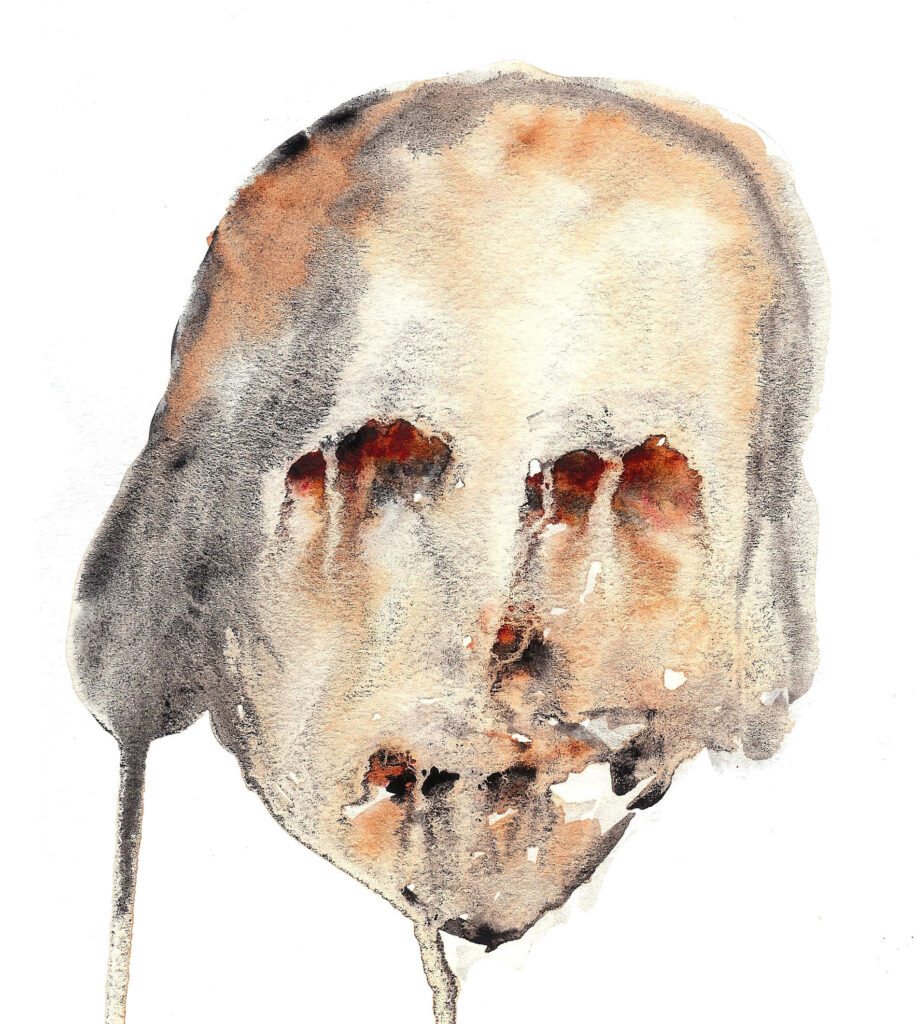
As for me, I actually knew most of the tools I read in LePera’s How to do the Work. Have I implemented them? To be or not to be, was always the question, was it not?
In “On Self-Respect” Didion wrote: “In brief, people with self-respect exhibit a certain toughness, a kind or moral nerve…character—the willingness to accept responsibility for one’s own life—is the source from which self-respect springs.” LePera gets at the same thing, but in different words: “This acceptance of choice in our health and well-being is the first takeaway that I hope stays with you as you continue forward in your own journey.”
It’s sounds seductively easy, does it not—to accept the fact that one always has a choice, that one always must accept responsibility for one’s own life. Try doing it for one week, though. Try not blaming other people for your poor choices. Try taking responsibility.
In corporate culture, this kind of failure to take responsibility also works the same way. When the focus is on profits and shareholders, it’s easy to pass the responsibility on to the shareholders. If an executive does something in the best interest of the shareholders, and it turns out to be unethical or even criminal, the decision-maker can all too easily blame the shareholders for his lapse of judgement.
But what follows from these insights? Didion wrote that it comes down to discipline, “a habit of mind that cannot be faked.” LePera puts it more simply: “You cannot eat better, stop drinking, love your partner, or improve yourself in any way until you become transparent to yourself.” Didion would probably add that you should be “willing to invest something.” She explained that a person with self-respect “may not play at all, but when they do play, they know the odds.” But Didion was quick to note that discipline that isn’t in service to one’s higher values or goals, isn’t discipline at all. Rote exercises are just that. One needs to know oneself before putting discipline to a desired end. An arrow shot from a bow without a clear aim will land just about anywhere. To get any good, you’ll need to aim.
But how does one develop “aim?”
LePera calls it intuition. She advises her readers to “Learn how to spend time alone, to sit still, to really hear your intuition and witness your entire Self—even, and especially the darkest parts you’d most like to keep hidden.”
The value of this work is everything and the fruit of this labor is to have everything, Didion explains. “To have that sense of one’s intrinsic worth which, for better or for worse, constitutes self-respect, is to potentially have everything: the ability to discriminate, to love and to remain indifferent. To lack it is to be locked within oneself, paradoxically incapable of either love or indifference.”
The consequences at failing at this task are immense. Failing at the task leaves us empty. We become hungry ghosts wandering the world. Didion writes: “ If we do not respect ourselves, we are on the one hand forced to despise those who have so few resources as to consort with us, so little perception as to remain blind to our fatal weaknesses. On the other, we are peculiarly in thrall to everyone we see, curiously determined to live out—since our self-image is untenable—their false notions of us.”
In business a company in thrall to its shareholders may lose its moral compass. In business and in life, value is not found in the bottom-line alone.
Self-respect stems from authenticity that comes from within, not from performative actions that arise because we want to please others. In “On Self-Respect” Didion is ultimately writing about boundaries that arise from authentic self-knowledge. LePera’s How to do the Work calls for the same, but with more words and with a little more guidance.
In opening her chapter called “The Power of Belief” LePera writes, “It’s been said that we tell ourselves stories in order to live.” That’s a direct Didion quote, but LePera doesn’t credit Didion. Maybe she forgot the source. I didn’t. LePera’s book is infused with the spirit of Joan Didion. Maybe I didn’t need to hide How to Do the Work under my Slouching Towards Bethlehem jacket after all.
About the Writer
Janice Greenwood is a writer, surfer, and poet. She holds an M.F.A. in poetry and creative writing from Columbia University.

